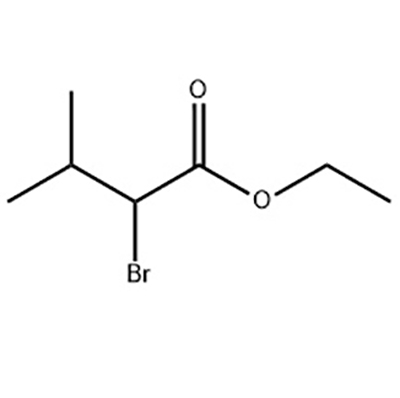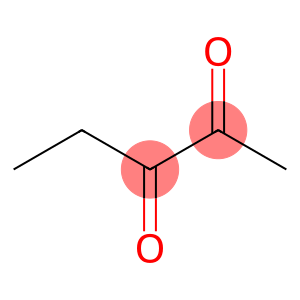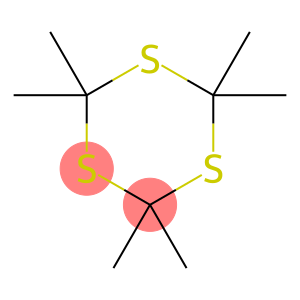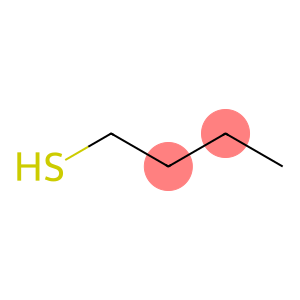3-Butenenitrile(CAS#109-75-1)
| Hazard Symbols | T – Toxic |
| Risk Codes | R10 – Flammable R21 – Harmful in contact with skin R23/25 – Toxic by inhalation and if swallowed. R36/38 – Irritating to eyes and skin. |
| Safety Description | S26 – In case of contact with eyes, rinse immediately with plenty of water and seek medical advice. S36/37/39 – Wear suitable protective clothing, gloves and eye/face protection. S45 – In case of accident or if you feel unwell, seek medical advice immediately (show the label whenever possible.) |
| UN IDs | UN 1992 3/PG 3 |
| WGK Germany | 3 |
| RTECS | EM8050000 |
| FLUKA BRAND F CODES | 10 |
| TSCA | Yes |
| HS Code | 2926 90 70 |
| Hazard Class | 3 |
| Packing Group | III |
| Toxicity | LD50 orally in rats: 0.115 g/kg (Smyth) |
Introduction
3-Butacrylonitrile, also known as acrylonitrile, is a colorless liquid. The following is an introduction to the properties, uses, preparation methods and safety information of 3-butenonitrile:Quality:- Appearance: Colorless liquid.- Solubility: 3-Butacrylonitrile is miscible with many organic solvents.Use:- Industrial applications: 3-butacrylonitrile is an important raw material for the synthesis of acrylic acid, which is widely used in the polymer industry to produce polyamide, polyacrylonitrile fiber and other materials.Method:- 3-Butacrylonitrile can be prepared by cyanidation of propylene. Propylene reacts with ammonia to form propionamide, and then 3-butacrylonitrile is prepared by the reaction of sodium cyanide with chloromethane.Safety Information:- 3-Butacrylonitrile is highly volatile and flammable and should be operated in a well-ventilated area.- Exposure to 3-butenonitrile may cause skin irritation, eye irritation, and respiratory irritation.- Prolonged exposure to or inhalation of 3-butenonitrile may cause damage to the central nervous system and liver.- If you accidentally ingest or inhale a large amount of 3-butenonitrile, you should seek medical attention immediately.








